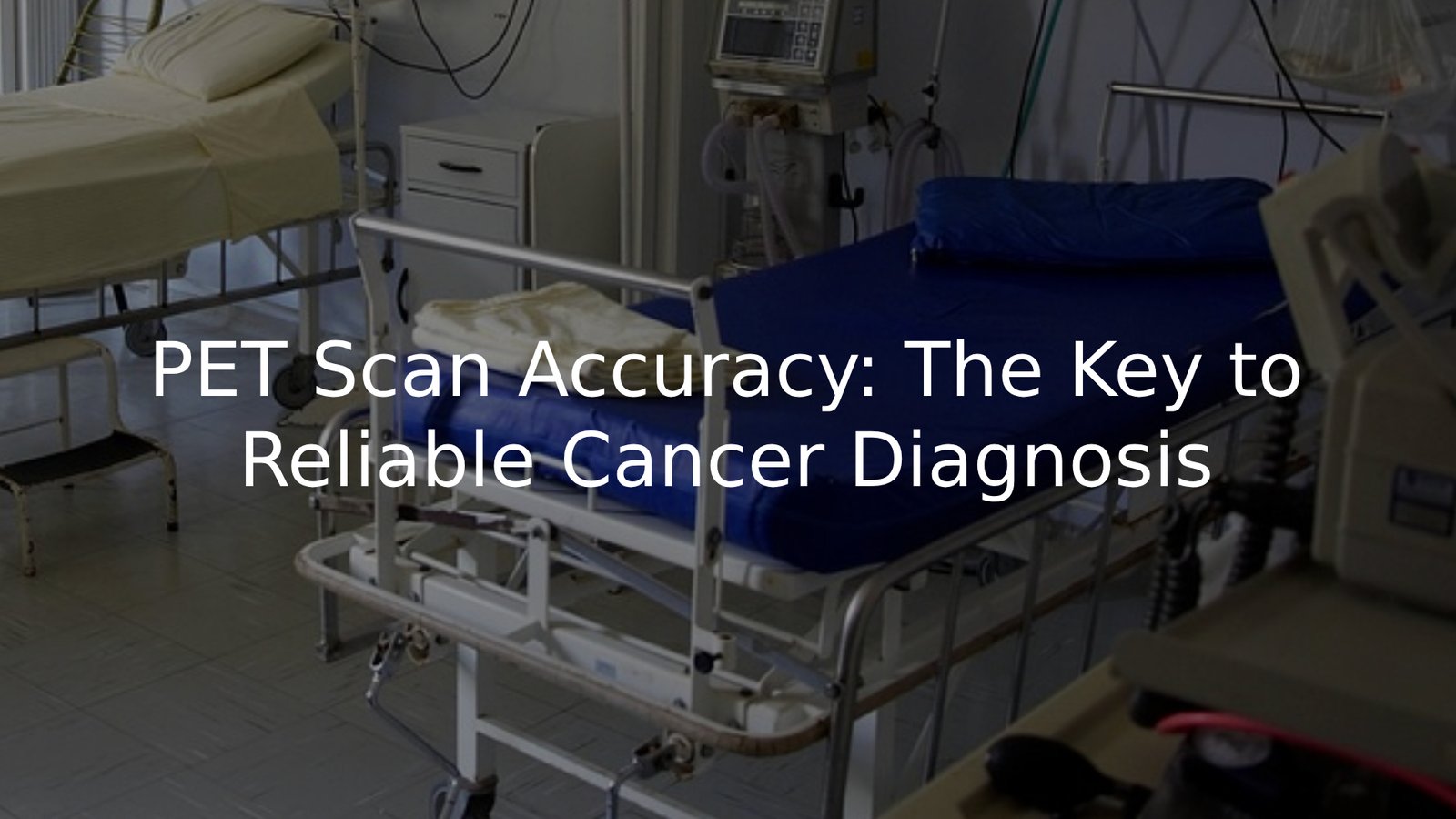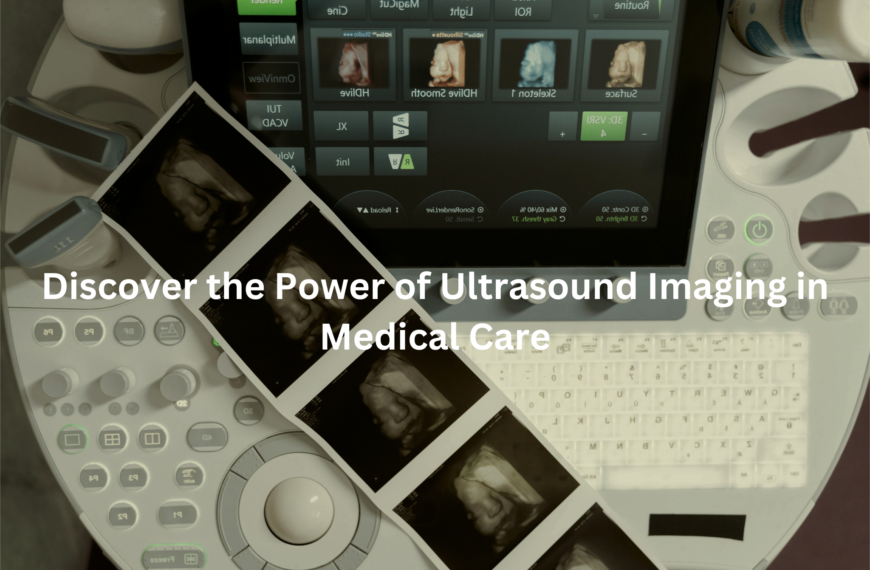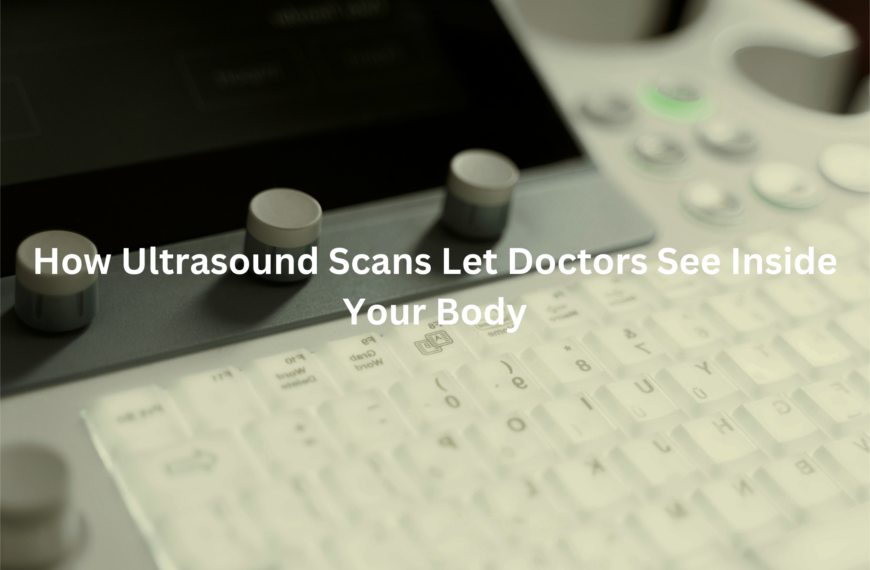Learn how PET scans provide accurate cancer diagnoses and how technology and expertise make all the difference.
PET scan accuracy is essential for the early detection and staging of cancer. With advanced imaging techniques and specialised radiotracers, PET scans help doctors identify cancerous tissues, assess the spread of the disease, and monitor treatment progress. However, factors like patient preparation, radiologist expertise, and imaging technology can influence the accuracy of these scans.
Key Takeaway
- Radiotracers Matter: The choice of radiotracers, like FDG, significantly impacts PET scan accuracy in cancer diagnosis.
- Technology Enhances Precision: Hybrid systems like PET/CT and PET/MRI improve accuracy by combining functional and anatomical imaging.
- Expert Interpretation is Essential: Skilled radiologists are key in accurately interpreting PET scans to avoid misdiagnosis and ensure reliable results.
Factors Affecting PET Scan Accuracy
Radiotracer Selection
A key factor in PET scan accuracy is the radiotracer used. Fluorodeoxyglucose (FDG) is common for cancer detection, but new tracers are being developed for conditions like neurodegenerative diseases and infections.
- FDG is perfect for cancer detection due to glucose metabolism
- New tracers are used for conditions like Alzheimer’s and infections
- The right radiotracer helps prevent false results and ensures accuracy
Imaging Technology
Technology has improved PET scan accuracy, with hybrid systems like PET/CT and PET/MRI combining metabolic imaging with detailed anatomical scans. This enhances precision, making it easier to pinpoint abnormalities for better diagnosis.
- Hybrid systems (PET/CT, PET/MRI) combine functional and anatomical imaging
- Offers more precise detection and clearer treatment planning
- Reduces missed diagnoses with more detailed images
Radiologist Expertise
Even the best technology can’t replace skilled radiologists. Interpreting PET scans requires connecting functional and anatomical data, applying knowledge of conditions, and considering other imaging tests to ensure accurate diagnosis.
- Radiologists must undergo specialised training for accurate interpretation
- Correlating PET scans with other imaging tests is crucial
- Expertise helps prevent misdiagnosis and ensures correct results
PET Scans in Cancer Diagnosis
Detecting Cancer Cells and Locating Malignant Tumours
PET scans are essential for detecting cancer cells and locating tumours. They reveal abnormal glucose metabolism, helping identify primary tumours, metastases, and areas that other imaging methods may miss. (1)
- The exact location of the tumour
- The size of the tumour
- Whether it’s spreading to other organs
This essential information helps guide treatment decisions, including surgery or chemotherapy, to better tackle cancer.
Staging Cancer
PET scans are essential for cancer staging, helping doctors assess spread and plan treatment. They’re particularly useful for detecting spread to lymph nodes in cancers like lung and head/neck.
Key benefits of PET scans in staging include:
- Mapping the spread of the tumour
- Identifying metastasis to lymph nodes
- Informing treatment plans
Identifying Malignancies
PET scans are crucial for detecting primary and secondary cancers, including metastasis. They help identify spread to organs like the liver, bones, or lungs, improving treatment planning and outcomes.
Key advantages of PET scans:
- Detects both primary and secondary cancers
- Identifies hidden metastases
- Guides treatment decisions for improved outcomes
Challenges to PET Scan Accuracy
Patient Preparation
Proper patient preparation is key for accurate PET scans. Fasting before the scan lowers blood sugar, preventing interference with the radiotracer, ensuring the most reliable results for detecting metabolic activity.
Key preparation tips:
- Fasting before the scan to reduce blood sugar levels
- Blood sugar management is essential to avoid inaccurate results
- Even minor oversights in preparation can lead to incorrect diagnoses
Biological Variability
Biological variability significantly impacts PET scan accuracy, as each person’s body works differently. For instance, conditions like inflammation or infection can increase metabolic activity, leading to potential false positives. On the other hand, cancers with a low metabolic rate might not show clearly, risking false negatives.
Key points to consider:
- Inflammation or infection can lead to false positives due to heightened metabolic activity.
- Low metabolic rate in some cancers may cause false negatives.
- Combining patient history, symptoms, and other diagnostic tests ensures accurate PET scan interpretation.
Technical Limitations
PET scans are powerful but may struggle to detect small lesions, especially in early-stage tumours or low-metabolic areas. Hybrid systems like PET/CT improve accuracy by providing clearer anatomical images for better localisation.
Key takeaways:
- Early-stage or small tumours may be missed due to low metabolic activity.
- Hybrid imaging like PET/CT enhances anatomical clarity and tumour localisation.
- Even with advanced technology, some small lesions may still go undetected.
PET Scan in Monitoring Treatment Progress
Early Detection of Cancerous Tumours
PET scans are essential in monitoring cancer treatment, providing early insights into how tumours are responding to therapy. Detecting changes early allows doctors to adjust treatment plans promptly.
Key points:
- Early detection of tumour changes ensures timely adjustments.
- PET scans help determine if chemotherapy is effective.
- Quick interventions improve treatment outcomes.
Assessing Treatment Effectiveness and Adjusting Treatment Plans
PET scans are essential for monitoring cancer treatment. While other scans might show a tumour shrinking, PET scans reveal the level of cancer cell activity, helping doctors assess if the cancer is still active. This offers a clearer picture of the treatment’s effectiveness.
Key points:
- Monitors therapy progress by showing active cancer cells.
- Assists in assessing treatment effectiveness, even when the tumour shrinks.
- Provides a deeper insight into cancer activity, guiding treatment decisions.
Tracking Disease Progression
For advanced cancer, monitoring progression is crucial, and PET scans offer valuable insights. They can detect cancer spread to other organs that may not show up on other imaging methods. This early detection helps doctors adjust treatments and stay ahead of the disease for better management.
Key points:
- Detects cancer spread to organs not visible on other scans.
- Provides early insights, allowing treatment adjustments.
- Enables proactive disease management for improved outcomes.
PET Scan vs Other Imaging Techniques
Credits: HealthTree University for Multiple Myeloma
Comparison with MRI, CT, and Bone Scans
PET scans provide a distinct advantage over MRI, CT, and bone scans by focusing on metabolic activity rather than just anatomical structures. While MRI and CT are excellent for showing detailed images of the body’s structures, PET reveals how tissues are functioning. Combined with CT or MRI, PET offers a complete view, particularly for diagnosing and staging cancer.
Key points:
- MRI and CT deliver anatomical details.
- Bone scans are ideal for specific bone issues.
- PET focuses on metabolic activity, essential for cancer diagnosis and staging.
- PET/CT or PET/MRI combines structure and function for a thorough diagnosis.
Why PET is Preferred for More Accurate Imaging Results
PET scans are often the preferred choice in certain situations due to their ability to provide quick, accurate results. They are especially useful in confirming cancer, staging it, and assessing its spread. In cases where other imaging methods fall short, PET scans can uncover hidden issues. (2)
Key points:
- Confirming cancer: PET scans offer quicker, more accurate results.
- Staging cancer: Vital for assessing cancer’s spread.
- Uncovering hidden issues: PET reveals things other methods might miss.
PET’s Role in Cardiovascular and Neurological Diagnosis
Cardiovascular Applications
PET scans aren’t just vital for cancer detection; they also play an important role in cardiology. By assessing blood flow and oxygen use, PET scans help diagnose heart disease, particularly coronary artery disease. This allows doctors to identify potential issues with the heart’s blood supply, helping to prevent serious complications.
Key points:
- Diagnosing heart disease: PET scans monitor blood flow and oxygen levels.
- Identifying coronary artery disease: Crucial for spotting heart issues.
- Preventing complications: Early detection helps reduce the risk of heart attacks.
Neurological Applications
PET scans play a vital role in diagnosing brain disorders, such as Alzheimer’s and other neurodegenerative diseases. By tracking brain metabolism, they highlight areas with reduced activity, offering early signs of conditions that may not yet be detectable with other imaging techniques.
Key points:
- Brain disorder diagnosis: Identifies early signs of Alzheimer’s and similar conditions.
- Brain metabolism monitoring: Detects less active areas in the brain.
- Early detection: Provides valuable insights before symptoms are visible on other scans.
PET Scan as the Gold Standard in Oncology
Why PET is the Most Reliable Imaging Technique for Cancer Detection
PET scans are considered the gold standard in cancer imaging for a good reason. They’re reliable, non-invasive, and provide a detailed look at what’s happening inside the body. PET is particularly helpful in detecting cancers that may be hard to spot with other imaging techniques.
Key points:
- Gold standard: Reliable, non-invasive imaging technique.
- Early detection: Identifies cancers that might be missed by other methods.
- Accurate diagnosis: Crucial for cancers like lymphoma, lung, and breast cancer.
Advantages Over Traditional Imaging Modalities in Oncology
PET scans are especially valuable as they can detect metabolic changes earlier than CT or MRI, allowing them to identify smaller tumours or changes that may not yet be visible on anatomical scans. When combined with CT or MRI, PET becomes a more powerful tool in detecting and monitoring cancer.
Key points:
- Early detection: Identifies metabolic changes before they appear on CT or MRI.
- Enhanced accuracy: Combined with CT or MRI for more precise cancer detection.
Reducing False Positives and Improving Accuracy
Best Practices for Minimising Misdiagnoses in PET Scans
Reducing false positives is a key challenge in PET scanning. To ensure accuracy, proper patient preparation is essential—this includes fasting and managing blood sugar levels. Additionally, understanding the patient’s medical history is crucial. Training radiologists to identify conditions that may mimic cancer is also important for improving accuracy.
Key actions:
- Patient preparation: Fast and manage blood sugar levels.
- Medical history: Take into account the patient’s background.
- Radiologist training: Recognise conditions that may mimic cancerous activity.
The Importance of Advanced Technology and Expert Interpretation
Advanced technology, like PET/CT and PET/MRI, has greatly improved scan accuracy. However, even with the latest systems, the expertise of radiologists is essential. Their ability to interpret the results ensures accuracy, acting as the final line of defence against any false readings.
Key actions:
- Hybrid systems: PET/CT and PET/MRI improve accuracy.
- Radiologist expertise: Essential for interpreting results correctly.
- Final safeguard: Radiologists ensure accurate readings, preventing false results.
Conclusion
PET scans have revolutionised cancer diagnosis and treatment. However, their accuracy relies on several factors, including the choice of radiotracer, the technology used, and expert interpretation. Each of these elements plays a crucial role in ensuring reliable results.
When combined effectively, they help maintain PET scans as a cornerstone in the fight against cancer, offering invaluable insights for early detection and monitoring treatment progress.
FAQ
What is a PET scan and how does it work?
A PET scan, or positron emission tomography, is a medical imaging technique that helps doctors look inside the body to detect abnormal activity. The scan uses a small amount of radioactive material to find areas with high levels of activity, like cancer cells. It works by detecting the radiation emitted by the material to create detailed 3D images. These images help doctors see where cancer is located and how far it has spread.
How accurate are PET scans in detecting cancer?
PET scans are considered one of the gold standard imaging techniques for cancer diagnosis. They provide accurate imaging of both primary tumours and metastatic cancer, helping to identify even small areas of spread. The accuracy of a PET scan depends on factors like the type of cancer and the area being scanned. However, very small or early-stage cancers may be missed, especially if they have low metabolic activity.
Can PET scans help in detecting lung cancer?
Yes, PET scans are useful for diagnosing non-small cell lung cancer and identifying lung nodules that could indicate cancer. By highlighting areas of increased metabolic activity, PET scans can show both the primary tumour and distant metastases that may have spread to other organs, such as the liver or bones.
What is the role of PET scans in cancer treatment planning?
PET scans help doctors plan treatment by providing a detailed picture of the cancer’s location and spread. This is essential in staging cancers like neck cancer or lung cancer. They help doctors determine the best treatment options, such as surgery, radiation, or chemotherapy. PET-CT scans, which combine PET imaging with anatomical images from CT scans, offer the most accurate views of cancer spread.
References
- https://www.healthdirect.gov.au/pet-scan
- https://www.prostate.org.au/testing-and-diagnosis/grading-genetics/the-role-of-psma-pet-ct/




